Swiss take steps to ‘decolonise’ cultural artefacts
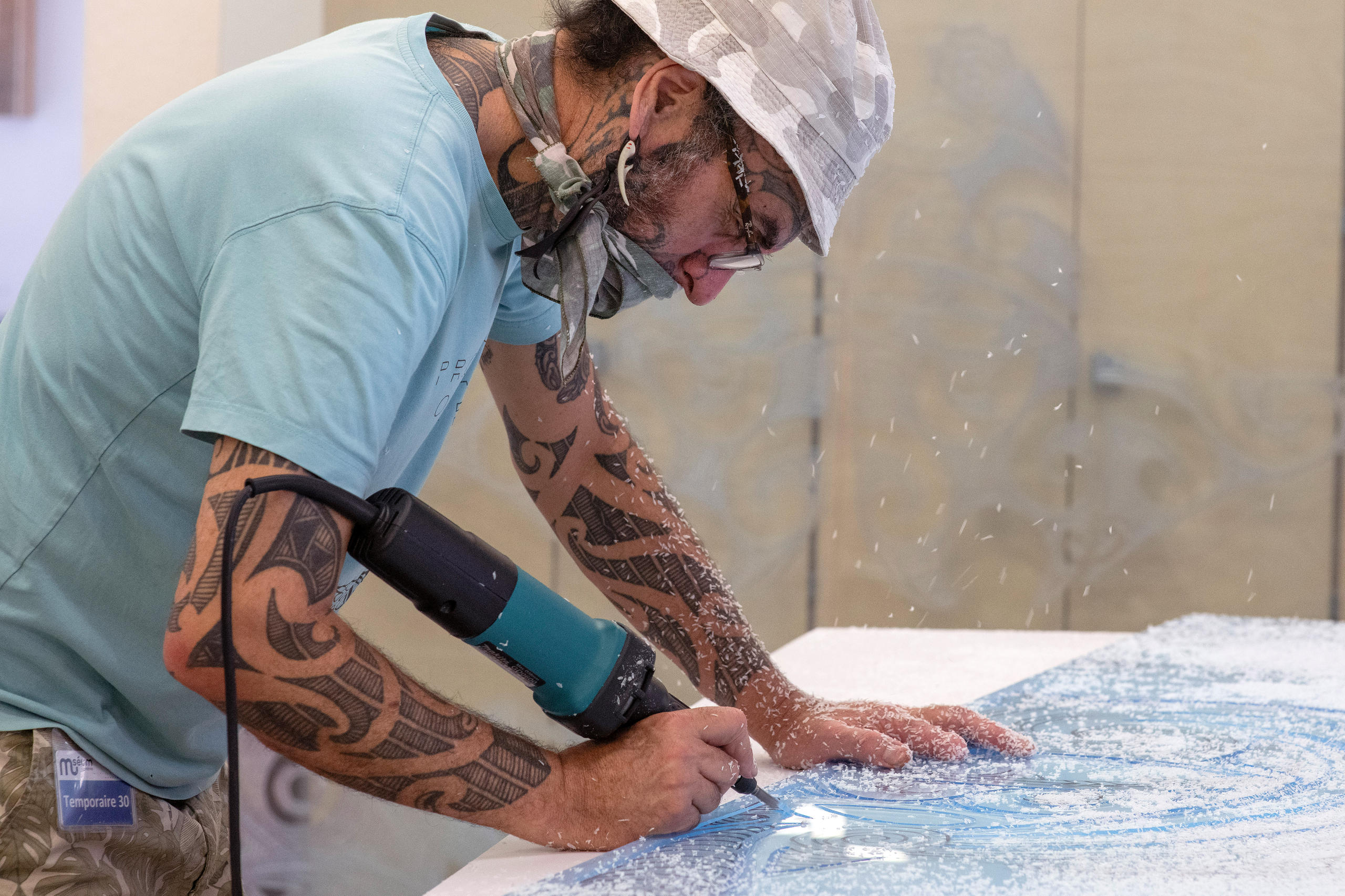
As European countries re-examine their colonial past, returning ill-gotten cultural artefacts has become a hot issue. This affects not only the countries of origin, but also the way we all relate to our past. It affects Switzerland too.
“The time is right for reflection” on this issue, says art law professor Marc-André Renold at the University of Geneva (UNIGE), “because of the present debate on the restitution of items taken during the colonial period. In fact, it is even a time for acting more than reflecting.”
Black Lives Matter has increased the pressure, while countries like France and Germany are very involved in re-examining their colonial past. For example, the French parliament recently voted to send back certain artefacts to Senegal and Benin seized during the colonial period that were displayed in Paris museums.
Switzerland did not have any colonies but as Boris Wastiau, director of the Geneva Museum of Ethnography (MEG) points out, Swiss entities and individuals benefitted from colonialism. Artefacts were brought back to Switzerland by diplomats, explorers, scientists, soldiers, missionaries and others, and rich Switzerland’s museums have plenty of them. He thinks it is time for Swiss museums like his to “decolonise” – but this doesn’t necessarily mean giving everything back.
‘The people were crying’
Renold leads a small team, which has developed a database of restitution casesExternal link from around the world, with support from UNESCO. It documents some 150 cases involving states, individuals, museums and many kinds of objects.
Some of these objects have huge cultural significance. One of the cases cited by UNIGE researchers is a 2,000-year-old stone figure of the deity Ekeko which was eventually returned to Bolivia by the Bern History Museum in 2014.
In the 19th century, Swiss explorer and diplomat Johann Jakob von Tschudi allegedly traded a bottle of cognac for the statuette while travelling in the Andean highlands. According to UNIGE researchers, he recorded in his diary that the people were crying as he left. This statuette represented luck and prosperity for their community, but he took it anyway.
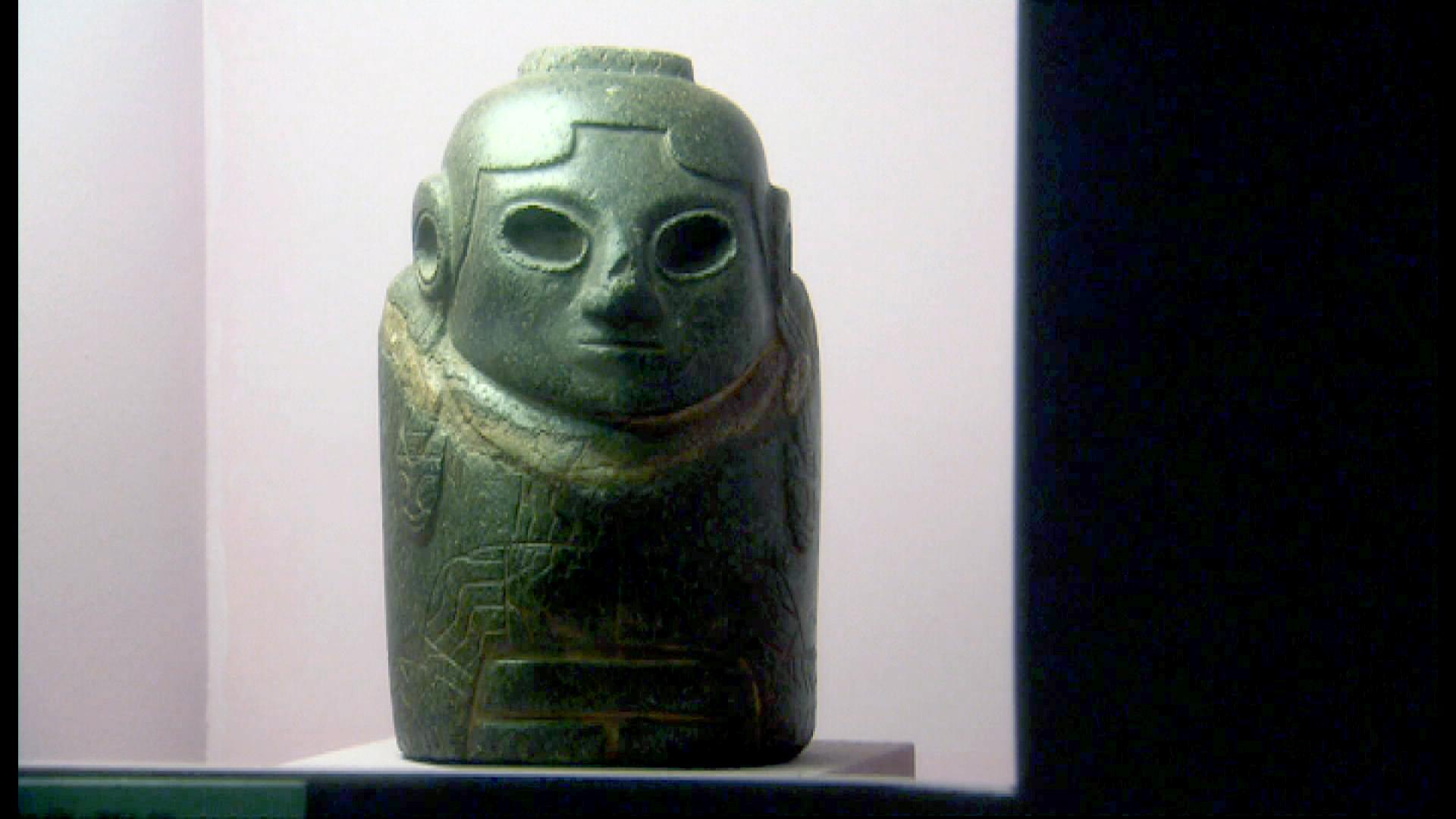
More
Bern returns deity statuette to Bolivia
At the MEG, the only restitution case so far, according to Wastiau, was in 1992 when the museum returned a Maori head to New ZealandExternal link as a loan, and then in 2011 as a definitive restitution. The museum kept photographs of the object. Wastiau says human remains are particularly sensitive.
Diverse solutions
Claims for cultural property can often lead to disputes that sometimes end up in court. UNIGE’s database of restitution cases ArThemisExternal link, which is open-source and bilingual (English and French), was started in 2010 to “understand how disputes are solved with regard to cultural heritage”, according to Renold.
His team had no preconceived ideas about the preferred methods and thought initially of court cases. But as they set up the database, he says, they discovered that “although going to court is still an option which claimants revert to, more and more often there other ways of solving these issues, such as international arbitration, mediation, conciliation or even simple negotiation”. Western museums often do not want to go to court, given the damage to their reputation this might entail.
“What we’ve noticed first is the diversity of procedures and solutions,” Renold told swissinfo.ch. “If you go to court the answer will generally be black or white: you win or you lose, you obtain restitution or you don’t. If you use alternative methods, let’s say negotiation or mediation, you might find different, original solutions.”
Swiss mediation
Asked about emblematic cases, he cites three: the return to Italy in 2006 of the Euphronios KraterExternal link from the Metropolitan Museum of Art (MET) in New York, which sparked a series of successful restitutions from US museums to Italy; a Nazi-looted art case between Austria and Maria Altmann, portrayed by Helen Mirren in the film Woman in Gold, which was solved by arbitration; and a 2006 case between two Swiss cantonsExternal link which was mediated by the Swiss government.
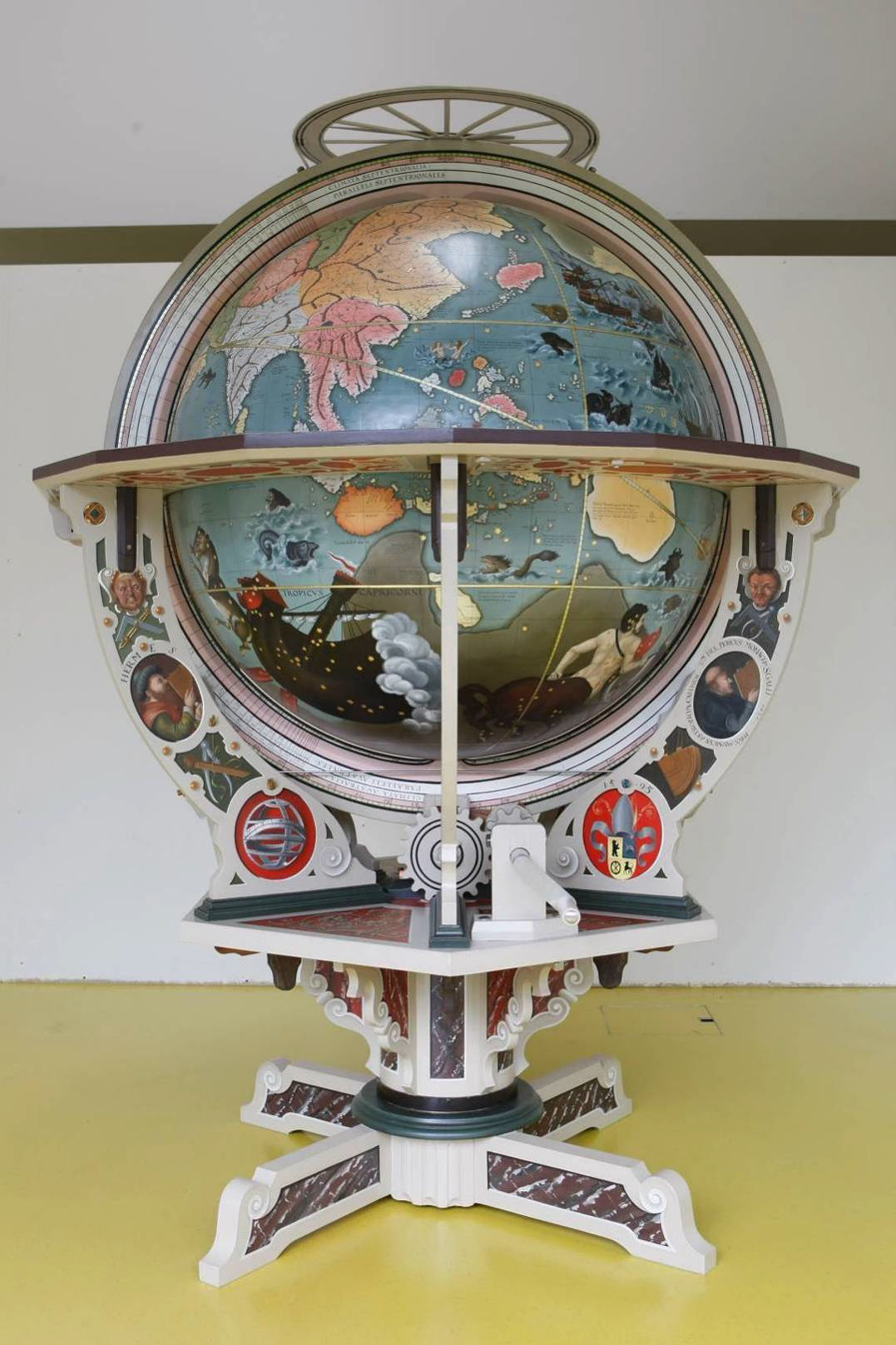
Renold thinks that neutral Switzerland could have a mediating role to play in settling disputes around such issues “because it was not a colonising state”. And while UNIGE’s Art Law Centre remains primarily focused on research, it has started receiving requests to help mediate in international cultural property disputes.
The MEG in Geneva helped mediate the case of the Chinchorro mummiesExternal link, returned to Chile in 2011. “This is also a role that we can play,” says museum director Wastiau.
Decolonising museums
Meanwhile museums are rethinking the way they present their collections. Wastiau, born in Belgium where a parliamentary commission is currently examining the country’s violent colonial pastExternal link in central Africa, is passionate about this. The MEG was founded in 1901 and has built up a collection of objects that came from colonies all around the world. But now, under his direction, the museum has presented a “decolonisation” strategy for 2020-24External link.
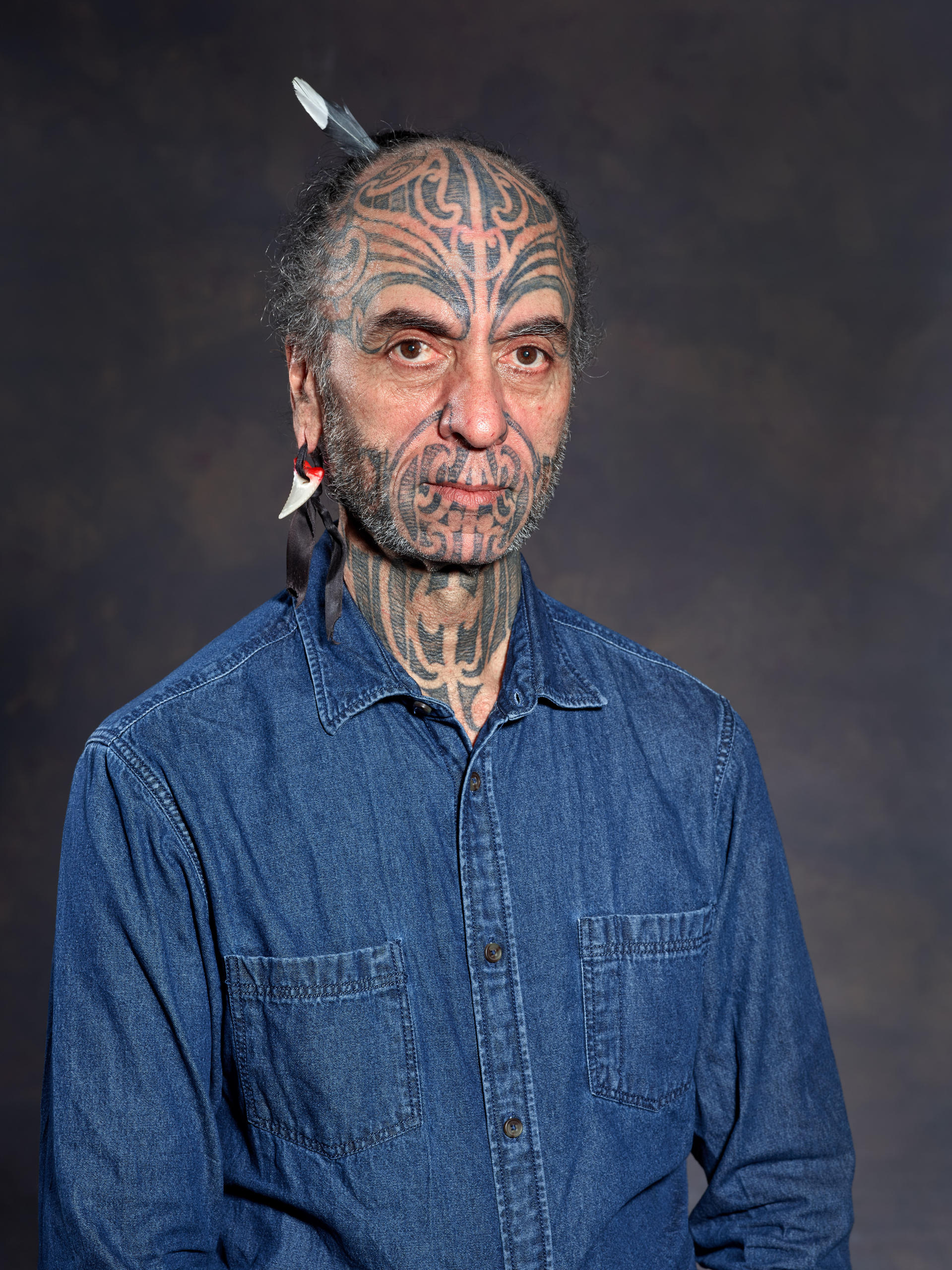
This involves rethinking the way that the collections are presented and ultimately getting rid of the word “ethnography”. It also means communicating and engaging with communities of origin and with the general public. For example, the museum had a Maori artist who came to the collection and “made an entirely new display around the showcase where the Maori artefacts were displayed”, Wastiau told swissinfo.ch. The museum is also planning cross-discipline exhibitions around modern themes such as the environment and good governance, with contributions from scientists, photographers and artists, for example.
“What we have to do is first recognise that ethnography is a dead science in a way,” he says. “Second, that some people feel alienated by this type of museum because they feel misrepresented, or they don’t see why we should give this kind of picture of their country of origin.”
Human remains
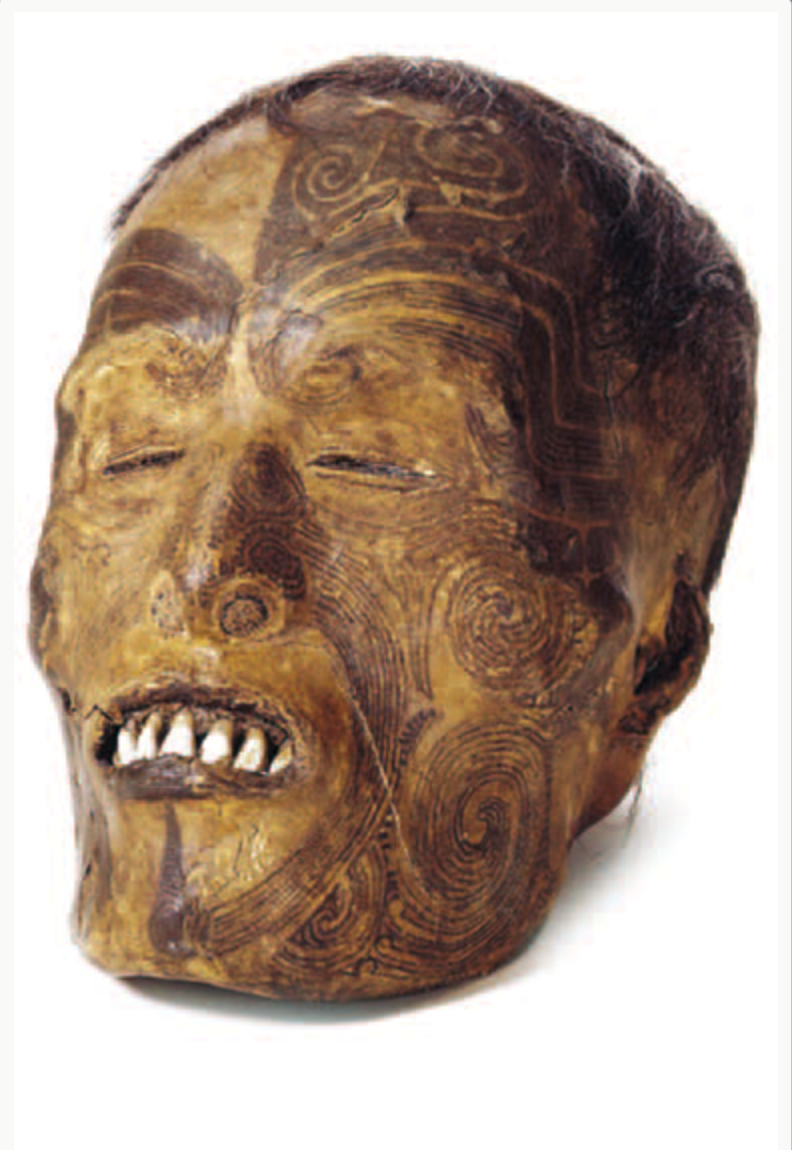
The MEG also actively seeks out communities from which its objects came, particularly if they are sacred or sensitive like human remains, Wastiau told SWI swissinfo.ch. Many objects are poorly documented and sometimes not properly identified, “so whenever we can bring indigenous experts, they come and they can identify something, that’s very important to us”.
His museum still has some human remains that have been turned into artefacts, such as bones transformed into flutes and painted skulls from Australia. In the case of these skulls, the MEG’s curator has been searching for 20 years for the owners, he says. There have been delegations of Aboriginal experts to the museum, but the skulls have not so far been claimed. They could now be returned to a new Australian centre for unclaimed human remains.
“In the case of many native nations, they want the return of their ancestors. They want the return of objects that they claim are their ancestors,” says Wastiau. But this is not always the case. For example, there is a Kanak community in New Caledonia that says its objects are “ambassadors” and that it is “proud” they remain in museums of other countries. If these Kanaks request return of specific objects, they say it has to be an exchange, according to their tradition.
Museums in other parts of Switzerland are also rethinking their colonial heritage, according to a recent reportExternal link by Swiss public television RTS.
Important for the new generation
A 2018 French reportExternal link commissioned by French president Emmanuel Macron on restitutions to Africa says that “the development of African youth in particular is endangered through loss of their rights to artistic and cultural heritage”, much of which can be found in Western museums.
Wastiau says this issue is also important for people in Switzerland, especially young people. He cites the example of a young woman artist in her early 20s who contributed to an exhibition at Lausanne’s Palais de Rumine. “When she realised that she had an ancestor who had made money on the slave trade, she was absolutely upset, truly shocked and moved,” he told SWI swissinfo.ch. “And she’s looking for answers.” He says he wants his museum also to be accountable to this new generation.
It is important for him that people feel welcome at the MEG and free to challenge the museum and its collections. “That’s why one of the aspects of decolonisation is to be much more participatory, to really look for all the stakeholders, bring them to the museum, engage, listen to them,” he told SWI swissinfo.ch. “And it’s only when they feel part of the museum project that it will stop looking like a colonial place.”

In compliance with the JTI standards
More: SWI swissinfo.ch certified by the Journalism Trust Initiative
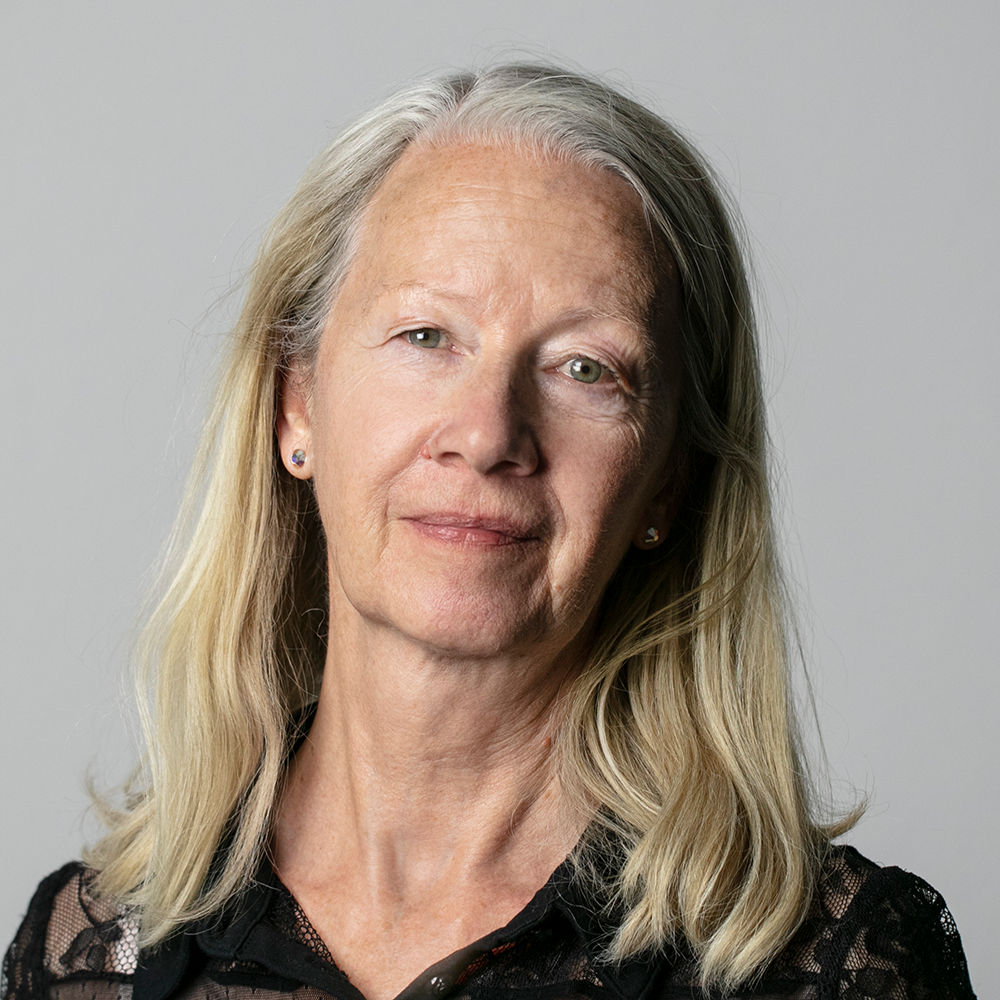

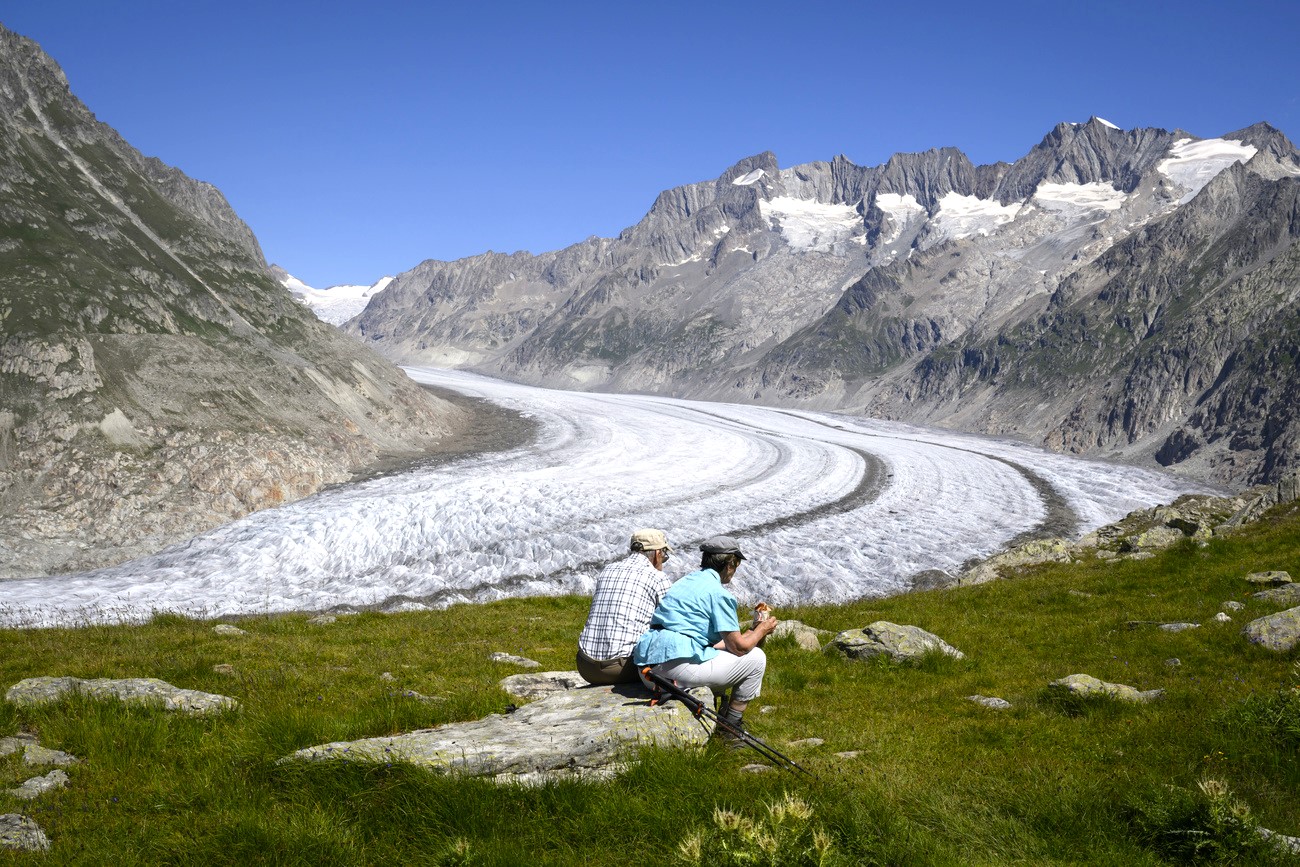
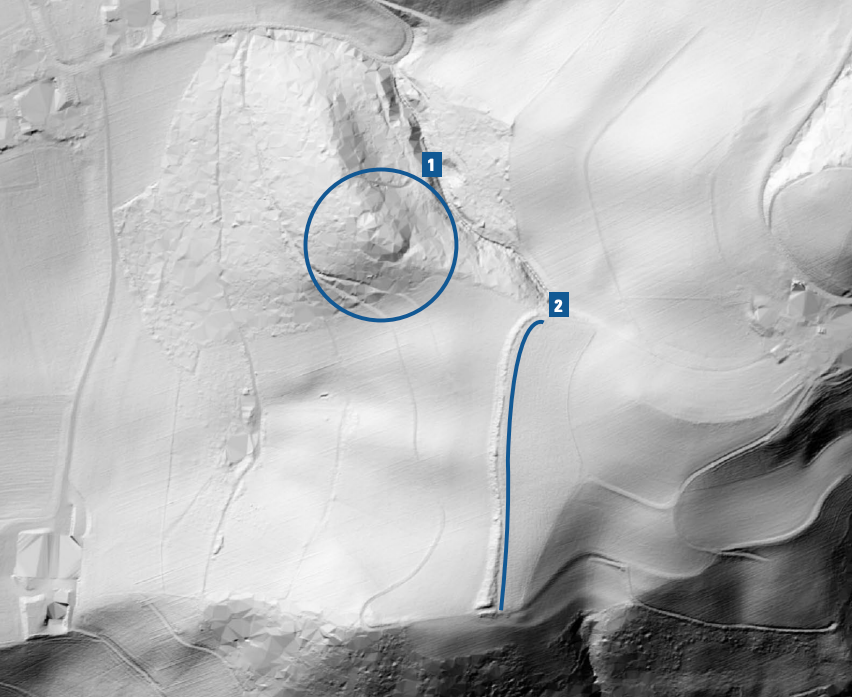
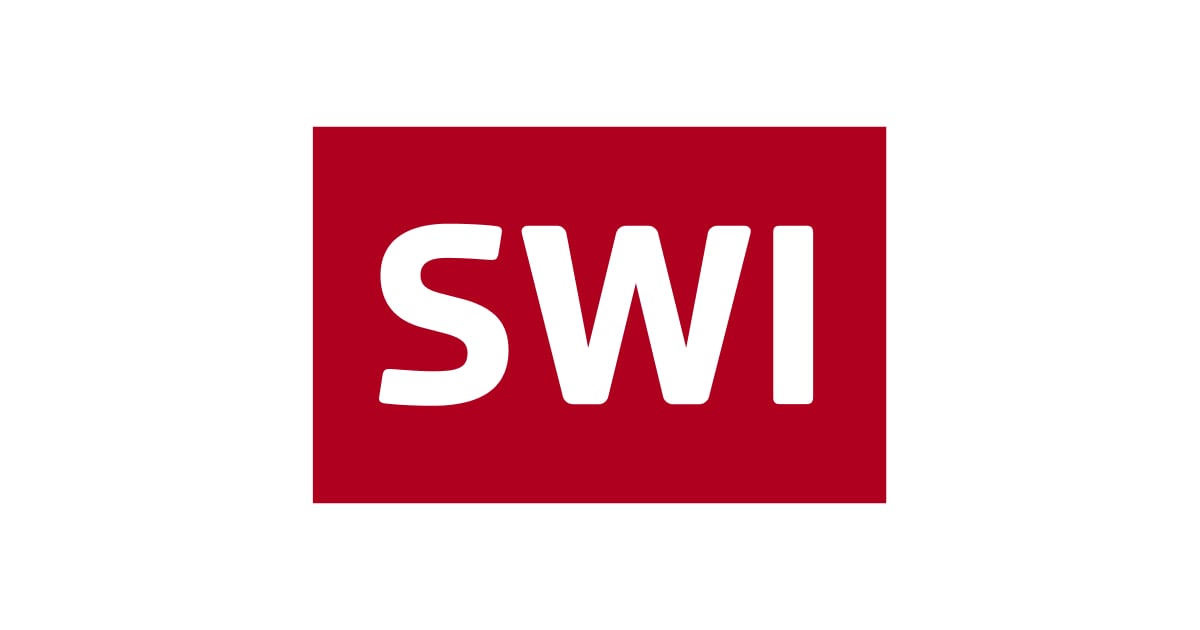




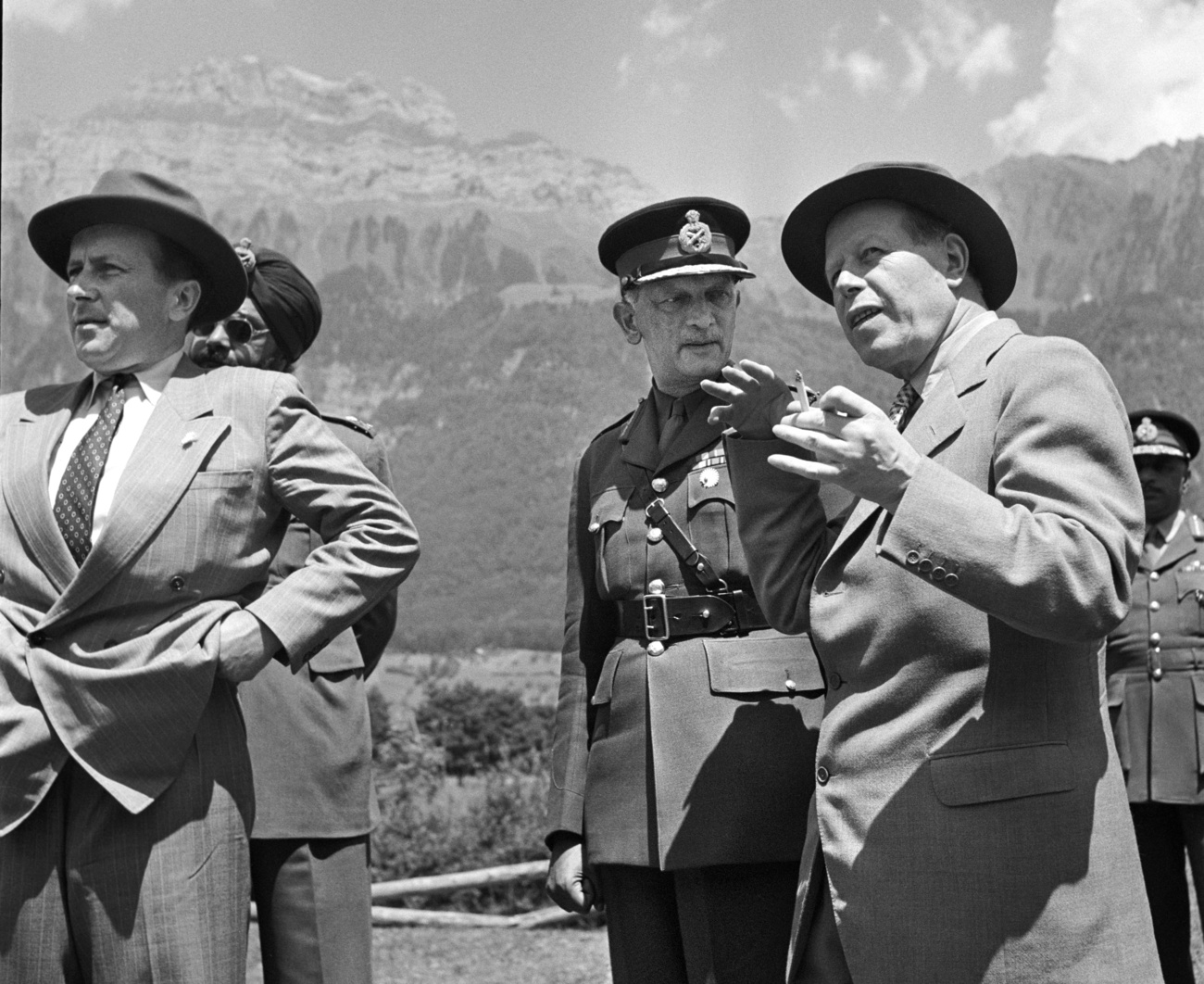
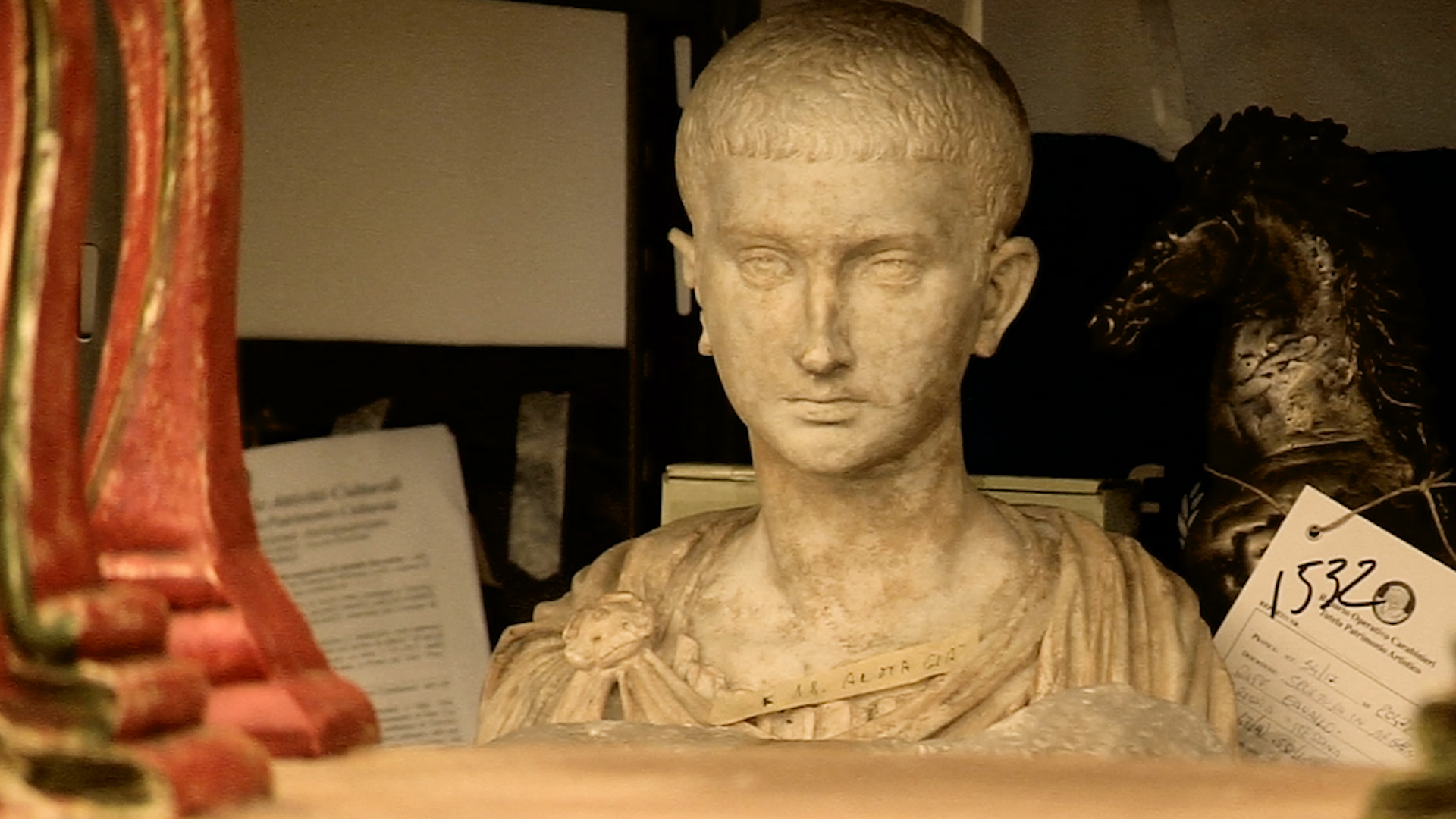
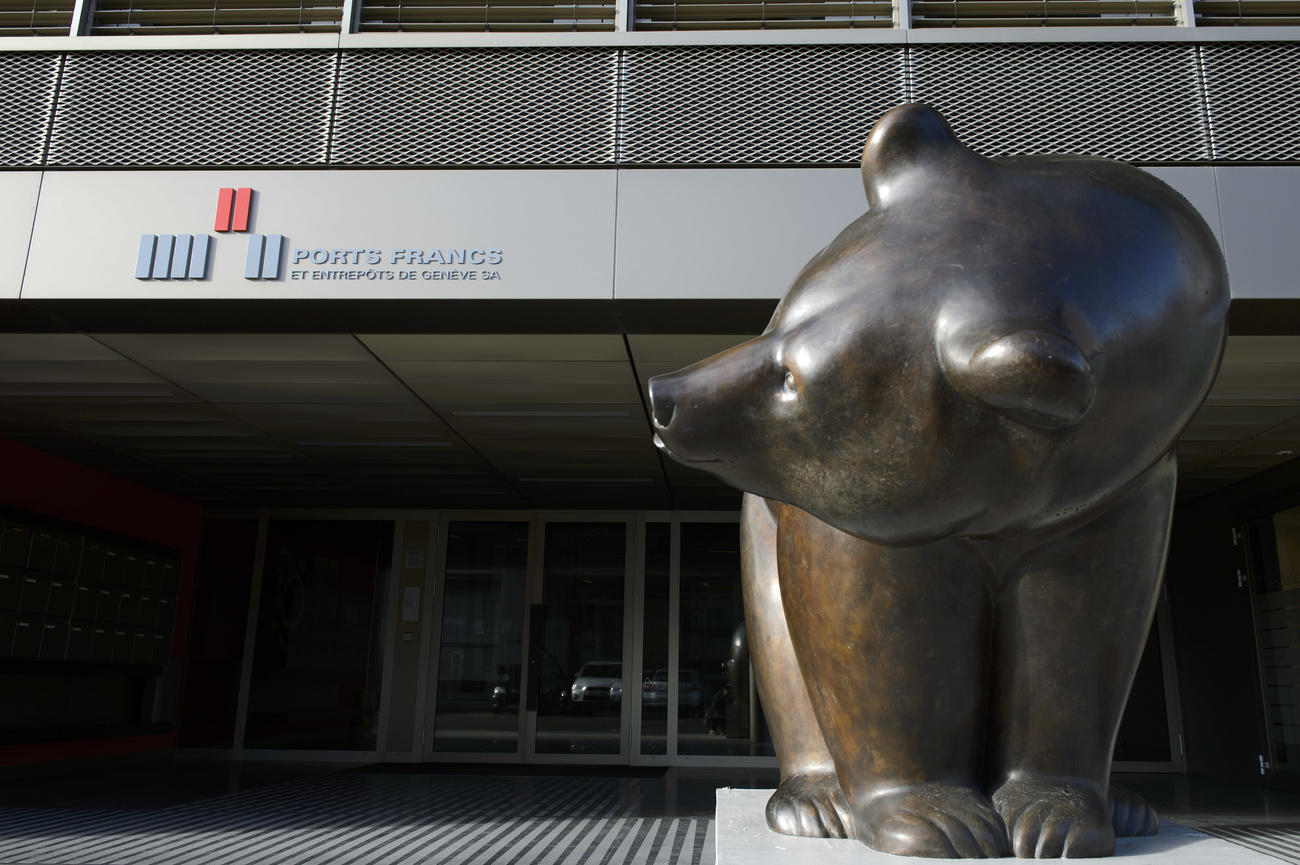
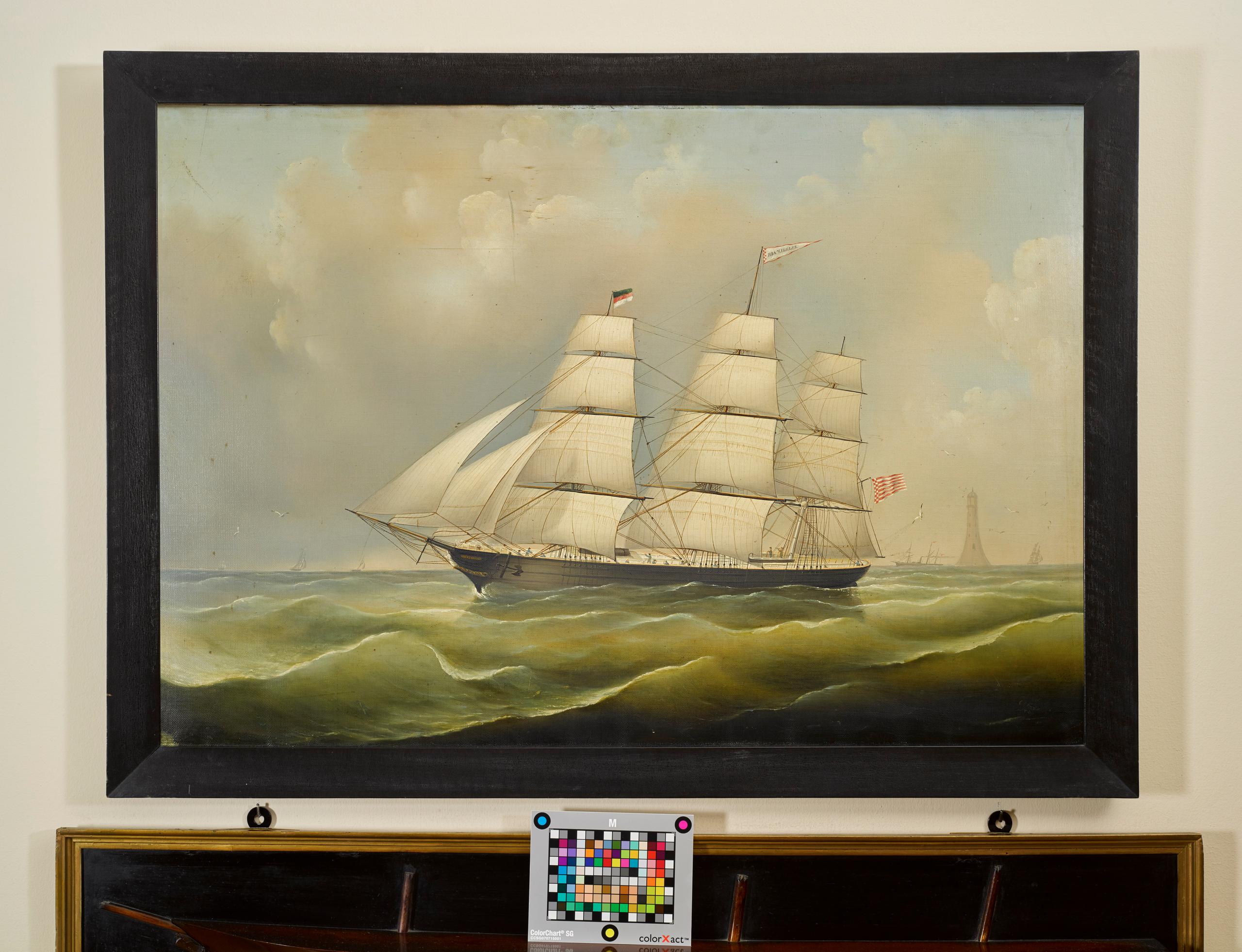
Join the conversation!